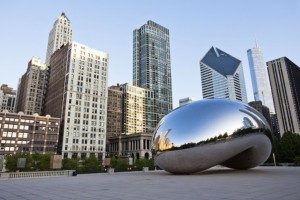 Chicago Population 2013
Chicago Population 2013
The current population of Chicago is estimated to be 2.715 million people, which is the 3rd largest city in the United States of America. This is a population growth of approximately 0.3% from the last record of the population. The population of Chicago has historically been greater than the population of Manhattan, but less than the population of Los Angeles. Based on the total land area and the total population of the city, the population density of Chicago is estimated to be about 11,864.4 people per square mile.
Projected Population of Chicago
The population of the city of Chicago is estimated to grow by about 28% to an estimated population of 11.04 million people by the year 2040. The number of households is also projected to increase by about 27% by the year 2040 to almost 4 million households. Lastly, the number of people employed in the city of Chicago is estimated to increase by about 28% to approximately 5.341 million people.
Demographics of Chicago
The largest ethnicity in the city of Chicago is the white ethnicity, making up about 32% of the population. Over the course of the last half of a century, Approximately 29% of the population is Hispanic and about 33% of the population is Black. The largest European ethnicity in the city is Irish, followed closely by German.
Religion in Chicago
The largest religious group in the city of Chicago is the Roman Catholic Church, which makes up about 39% of the population. The largest non-Christian religion in the city is Islam, which makes up 4% of the population. The Jewish population of the city makes up about 1.1% of the city.
Economy of Chicago
The economy of the city of Chicago is known to be one of the most prosperous economies and thought to have the highest potential for growth. The city is a leader in global trade, generating more trade volume than New York. The city generated $3.5 billion. The economy has a whole is quite diversified as it has large influences in multiple different sectors.
Great Chicago Fire
The Great Chicago Fire was a conflagration that burned from Sunday, October 8, to early Tuesday, October 10, 1871, killing hundreds and destroying about 3.3 square miles (9 km2) in Chicago, Illinois. Though the fire was one of the largest U.S. disasters of the 19th century, the rebuilding that began helped develop Chicago as one of the most populous and economically important American cities. The fire started at about 21:00 on Sunday, October 8, in or around a small barn that bordered the alley behind 137 DeKoven Street. The traditional account of the origin of the fire is that it was started by a cow kicking over a lantern in the barn owned by Patrick and Catherine O’Leary.
 Sports in Chicago
Sports in Chicago
The city of Chicago has sports teams represented in the Major Soccer League, National Basketball Association, Major Baseball League, and the National Hockey League. There are two teams in Chicago in the Major Baseball League: the White Sox and the Cubs. The Chicago Blackhawks, the team in the National Hockey League, won the 2013 Stanley Cup Finals.
Must See Chicago
Historical Population of Chicago
Over the last couple of decades, the population of the city of Chicago has experienced periods of both growth and decline. In fact, the population of Chicago today is estimated to be less than the population that the city had in 1990.
| Year | Population (millions) |
| 1990 | 2.786 |
| 1991 | 2.79 |
| 1992 | 2.792 |
| 1993 | 2.794 |
| 1994 | 2.797 |
| 1995 | 2.802 |
| 1996 | 2.814 |
| 1997 | 2.808 |
| 1998 | 2.803 |
| 1999 | 2.799 |
| 2000 | 2.896 |
| 2001 | 2.895 |
| 2002 | 2.881 |
| 2003 | 2.866 |
| 2004 | 2.849 |
| 2005 | 2.825 |
| 2006 | 2.806 |
| 2007 | 2.811 |
| 2008 | 2.83 |
| 2009 | 2.851 |
| 2010 | 2.698 |
| 2011 | 2.707 |



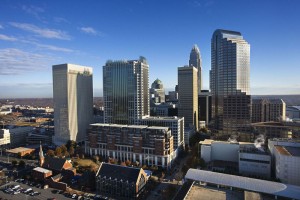 Charlotte Population 2013
Charlotte Population 2013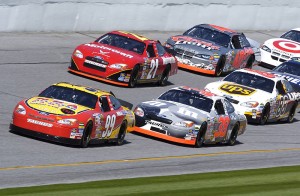 NASCAR Hall of Fame in Charlotte
NASCAR Hall of Fame in Charlotte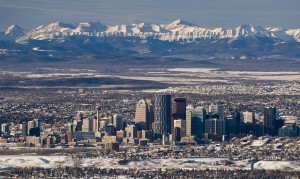 Calgary Population
Calgary Population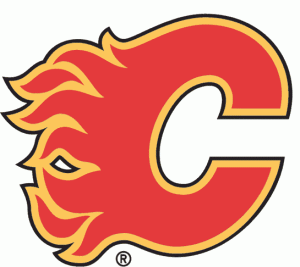 Sports in Calgary
Sports in Calgary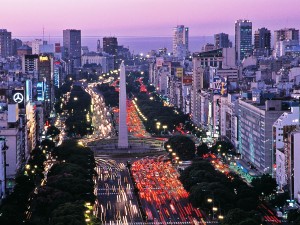 Population of Buenos Aires
Population of Buenos Aires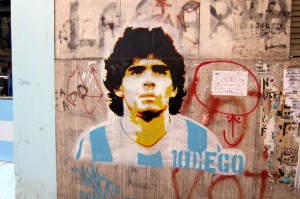 Sports in Buenos Aires
Sports in Buenos Aires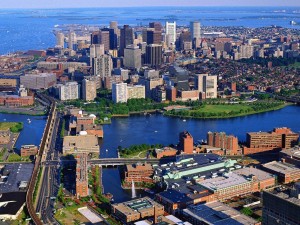 Boston Population 2013
Boston Population 2013 Sports in Boston
Sports in Boston